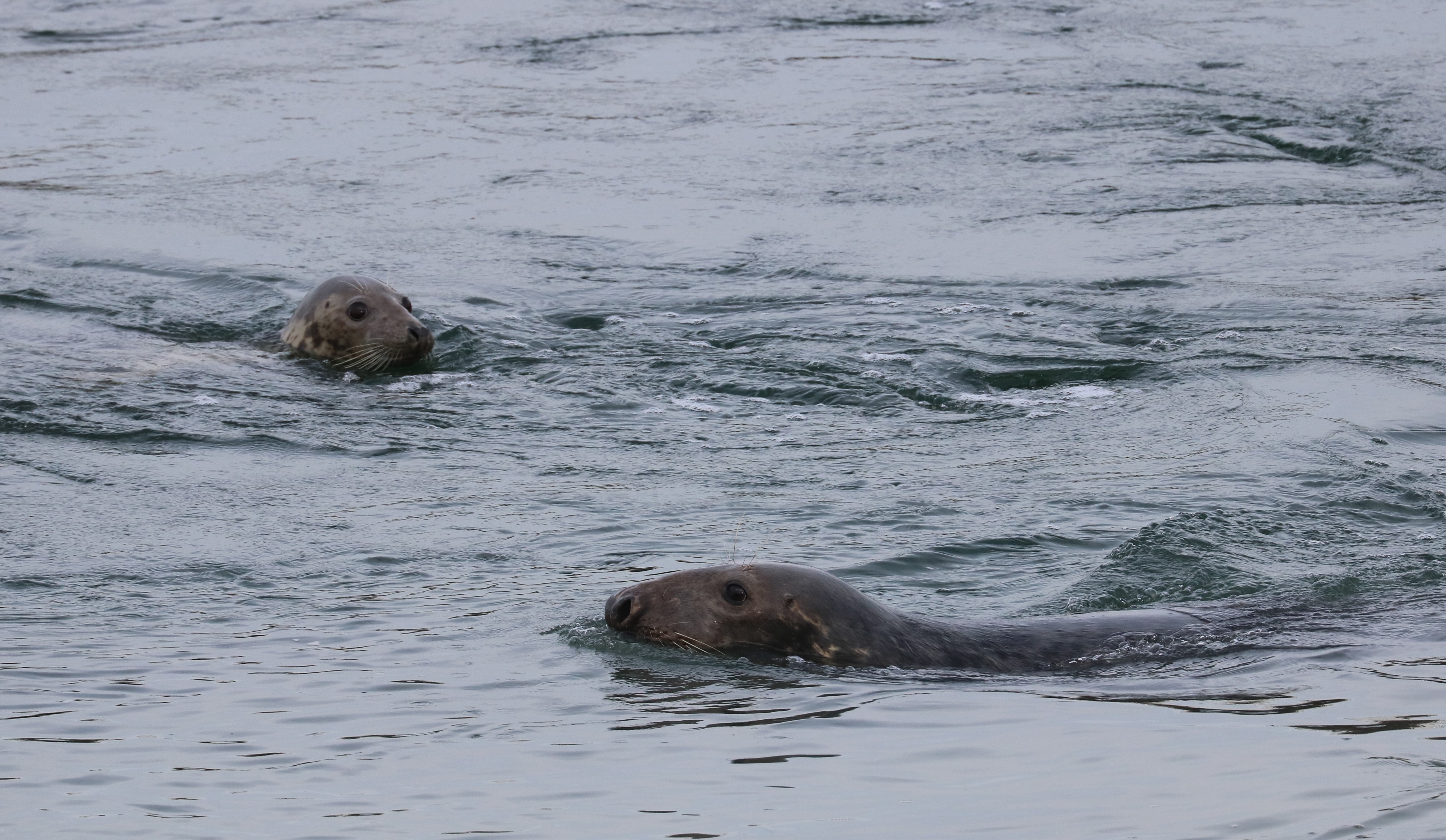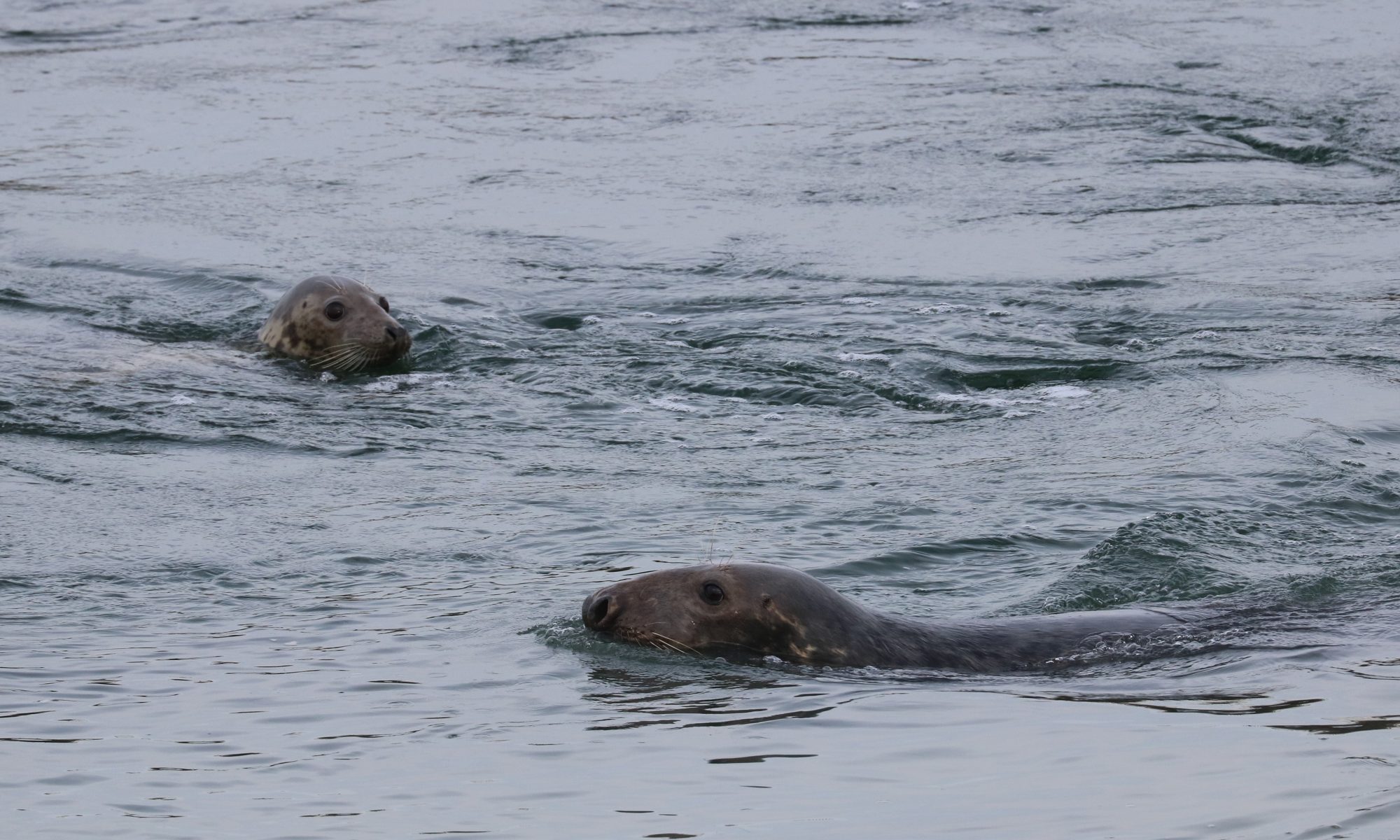Zeehonden worden de laatste jaren steeds talrijker aan onze kust, wat ook de kans vergroot dat wandelaars er eentje ontmoeten op het strand. Veel mensen veronderstellen verkeerdelijk dat een zeehond op het droge sowieso in de problemen verkeert, maar in de meeste gevallen is daar niets van aan. Wanneer een vakantieperiode overlapt met een periode waarin meer zeehonden rusten op het strand, worden de kenners van het Koninklijk Belgisch Instituut voor Natuurwetenschappen (KBIN) en Sea Life Blankenberge overstelpt met bezorgde telefoontjes. Gisteren was zo’n dag … Helaas wordt in veel berichten ook gemeld dat de dieren door mensen worden lastig gevallen. Tragisch genoeg vaak door mensen met goede intenties, die niet beseffen dat hun acties de dieren vooral stress bezorgen, met verstoring en soms zelfs lagere overlevingskansen tot gevolg. Het advies luidt dus altijd dat zeehonden op het strand vooral rust moet worden gegund, waarbij een afstand van minstens 20 m tot de dieren moet worden gerespecteerd. Of het om een zieke of gezonde zeehond gaat maakt daarbij geen verschil.

Tegenwoordig worden langs de Belgische kust elk jaar meer zeehonden gemeld, in opvolging van de positieve trend die zowel in Nederland, N-Frankrijk als ZO-Engeland wordt opgetekend. Vooral Gewone zeehonden Phoca vitulina (zelfs kleine groepjes) worden dagelijks gezien, en ook de Grijze zeehond Halichoerus grypus is inmiddels ingeburgerd. Volstrekt normaal dat veel mensen niet goed weten hoe de aanwezigheid van een zeehond op het strand te interpreteren, voor hen gaat het om een onbekend fenomeen. Kustgebieden, en dus ook stranden, vormen echter een belangrijk deel van het leefgebied van zeehonden, het zijn geen dolfijnen of walvissen die buiten het water niet kunnen overleven. Wanneer een zeehond zich op het strand begeeft betekent dat dus niet noodzakelijk dat deze in problemen verkeert. Dat is vaker niet dan wel het geval.
Ziek versus gezond
Om niet-hulpbehoevende zeehonden niet onnodig te stresseren, maar ook om hulpdiensten en opvangcentra niet onnodig te belasten, is het van belang dat strandgangers er niet enkel van op de hoogte zijn dat zeehonden tegenwoordig een vast onderdeel van de Belgische Noordzee en stranden vormen, maar ook weten hoe men gezonde van zieke zeehonden kan onderscheiden. Steeds meer kustgemeenten zetten in op het verstrekken van dergelijke informatie op infopanelen en banners. Samenvattend: gezonde zeehonden nemen vaak de typerende ‘banaanhouding’ aan (met opgeheven hoofd en staart), vertonen meestal geen wondjes, zijn alert en grommen wanneer ze worden benaderd. Zieke of verwonde zeehonden zien er veel passiever uit, ze nemen een ‘platte houding’ aan, vertonen wondjes en/of hoesten. In het laatste geval, en zeker bij een combinatie van deze symptomen, loont het de moeite om lokale hulpdiensten of een gespecialiseerd opvangcentrum te contacteren (in België is dat Sea Life Blankenberge).
Grijze zeehonden aan het einde van de winter
In het voorjaar kunnen er echter ook zeehonden op het strand liggen die in essentie gezond zijn, maar die afwijken van het typische beeld van een gezonde zeehond. Het gaat daarbij vaak om volwassen mannetjes van de Grijze zeehond die uitgeput zijn na het paarseizoen, en daardoor ook mager kunnen lijken en een ‘platte houding’ aannemen. Grijze zeehonden paren vooral in december – januari, en de mannetjes voeren daarbij impressionante en energieverslindende gevechten om de voorkeur van de vrouwtjes te krijgen. Vooral late en onervaren mannetjes – die tijdens de piek van het paarseizoen niet aan hun trekken kwamen, en hun paarpogingen en vechtlust langer hebben volgehouden – kunnen nu vermoeid op onze stranden liggen. Het enige wat ze nodig hebben is rust. Eten geven is niet aan de orde, en ze hoeven ook niet nat te worden gemaakt (opnieuw: het zijn geen dolfijnen of walvissen). Bovendien is het omwille van hun grootte, gewicht en indrukwekkende tanden en klauwen geen evidentie om deze dieren in een opvangcentrum onder te brengen. Geniet van op een afstand van hun aanwezigheid, onderdruk de drang naar een ‘sealfie’ (zeehonden-selfie), en hou ook zeker uw hond(en) altijd aan de leiband op een strand waar een zeehond ligt!
Meer informatie over zeehonden in België kan u vinden in de jaarlijkse zeezoogdierenrapporten van het Koninklijk Belgisch Instituut voor Natuurwetenschappen (beschikbaar voor 2014 tot 2018, de editie over 2019 is in voorbereiding), op http://www.marinemammals.be/reports.

